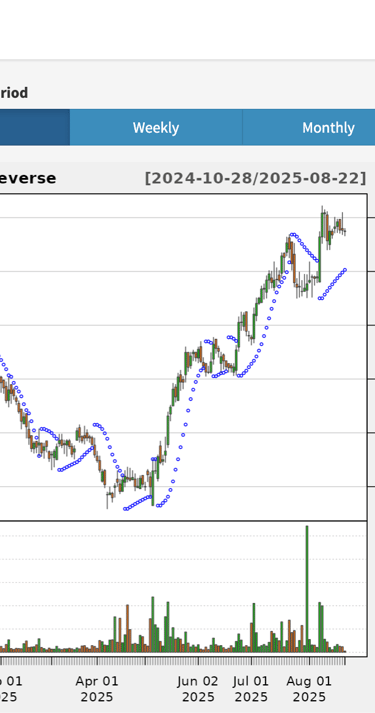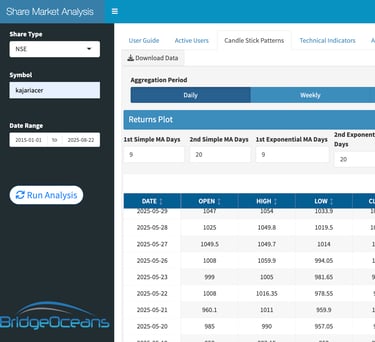
An instrument tailored for you.. AI-driven Trading Analysis Software
Advanced Chart , Graphs and many more... easy to learn







Comprehensive Financial Services
Investment | Wealth | Insurance | Lending |
Wealth Management
Tailored strategies for growing your wealth.
Investment Services
Maximize returns with expert guidance.
Insurance Plans
Lending Solutions
Unified Investment Platform


Check out your live Portfolio
One stop platform to view and manage your portfolio. This comprehensive tool not only allows you to track your investments with ease but also provides insights and analytics to help you make informed decisions. Explore various features and customize your experience to ensure that managing your portfolio is as efficient and effective as possible.




AI Tool for Trading insights
Get stocks Analytics from our Gen AI Trading software to start Learning and upskill the trading market. This tool has been designed to provide you with the most accurate and real-time analysis in order to enhanced your learning skills. By leveraging cutting-edge technology and advanced algorithms, our tool can help you to learn the trading skills.
Trading Platform
With a user-friendly interface and advanced tools, you'll be able to analyze market trends effectively. Whether you are a beginner looking to learn or an expert aiming to optimize your investment strategy, we provide resources to make informed decisions. Join us today and start your journey towards financial growth with confidence!
Our Services
We provide all kinds of Financial Services, covering a wide array of solutions from Wealth Management to Lending, all designed to satisfy every need of every esteemed client that comes to us. Our comprehensive suite of services ensures that no matter what your financial goals may be, you will find tailored strategies and expert guidance, making certain that we meet and exceed the expectations of our valued clientele. Whether you are looking to grow your investments, seek advice on retirement planning, or require assistance with loans, our team is dedicated to providing exceptional service and support every step of the way.




Wealth Management
Expert financial strategies to grow and preserve your wealth effectively over time. Our seasoned professionals leverage in-depth market insights and tailored investment approaches to optimize returns while mitigating risks.
Investment Solutions
Diverse investment options to help you achieve your financial goals and maximize returns. Our carefully curated portfolio solutions are designed to align with your risk tolerance and aspirations, ensuring sustained wealth growth across dynamic market environments.
About Bridge Oceans Wealth
BridgeOceans Wealth Management is a fully dedicated Wealth Management Company with more than 40 years of experience in Financial and Wealth Management Services. Our Purpose is to educate our investors to enhance their financial knowledge and preserve their wealth strong financial foundation.
We believe in making investment process harmonious, need based and safe rather than sales driven, irrelevant product and arbitrary.


Our Mission
Our Vision
We strive to empower our clients with expert financial guidance, ensuring their investments grow and their financial goals are achieved through personalized service and innovative solutions. Our dedicated team leverages cutting-edge market insights and tailored strategies to deliver sustainable wealth growth and long-term financial security.

Subscribe for Financial Insights
Stay updated on investment and financial services.
Services
Reach Us
Insurance
mayuresh@bowealth.com
+91 932 650 1127 | +91 983 409 7528
© 2025. All rights reserved.
Office : # 205 | Sundar Samruddhi Complex | Pari Company Road| Dhayari | Pune 411041
